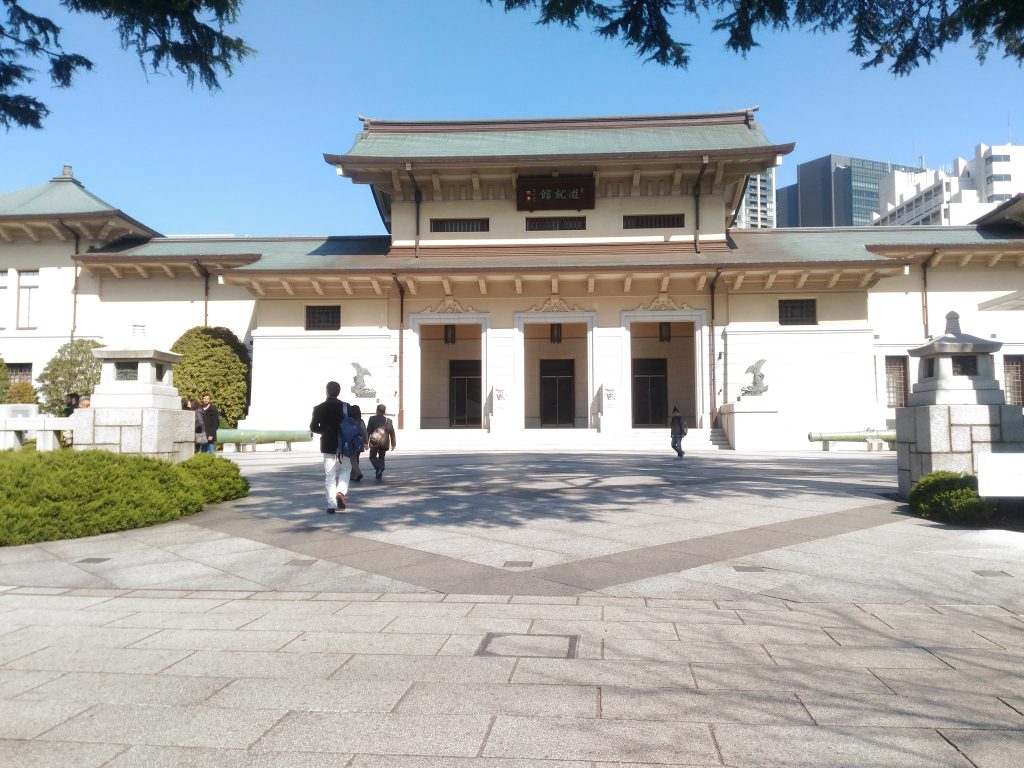Yasukuni Shrine is a Shinto shrine founded in the late 1800s by Emperor Meiji. Enshrined there are the souls of over 2 million people – Japanese soldiers, including A-Class war criminals, but also non-Japanese soldiers serving on behalf of Japan, and women and children who died during their contribution to the war effort. The inclusion of A-Class criminal “kami” (souls) at the shrine has generated substantial controversy and friction between Japan, China, and South Korea since the 1980s, with relations becoming more fraught with the official visits of PM Koizumi.

The shrine is so controversial that it is not a required part of the practicum. Many Chinese students refused to attend, especially in light of the fact that there was no similar museum visit (such as to the Anti-Japanese War Memorial Hall) planned in Beijing.
On the grounds of the shrine sits the Yuushuukan, a war museum. This museum is also controversial due to its reputation for revisionism, and glorification of Japan’s militaristic and aggressive imperial past. The first parts of the museum form a history lesson, from the Boshin War up through World War 2. The history of the museum itself was cast as a continuation of ancient, traditional thought. The version of history shown there was of course very different in its viewpoint from the one taught in American schools. In this version, Japan was a liberator, anti-colonialist, modernizer, and victim. There was no “Nanjing Incident.” The language used in Japanese was, in my opinion, of a different tone than the English – when sections were translated into English at all. It’s one thing to read about nationalist revisionism, and another to see it in front of you. Doing so not only contextualizes the friction between Japan, China, and South Korea, but also leads you to think about the ways that history is understood and taught in your own country.

This part of the museum was quite distasteful to me, but informative. However, the final part of the museum was quite different, playing more on human emotions. It was full of pictures of the soldiers enshrined there (some, apparently, were enshrined against the wishes of their families. Once enshrined, according to the head priest, “kami” become intermingled, and can never be “unenshrined” or separated). There was also a display of bridal dolls, given to the families of men who had died before marrying. I was moved to see all of the faces, which seemed to continue room after room. The overwhelming feeling was one of sadness for those men, women, and children whose place of enshrinement has becoming so politicized.

